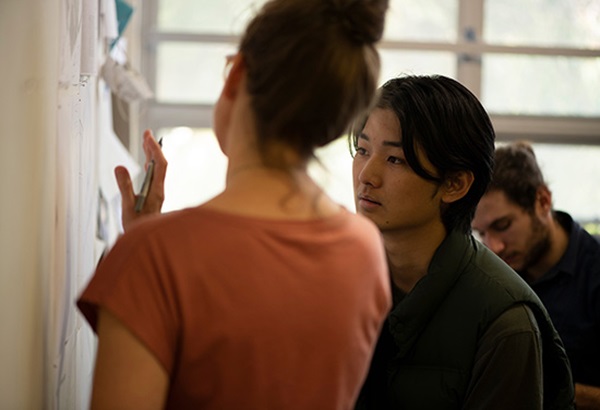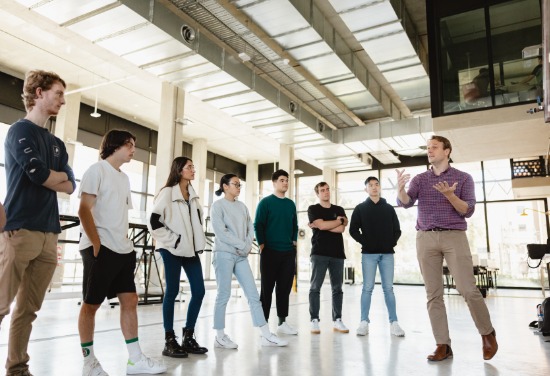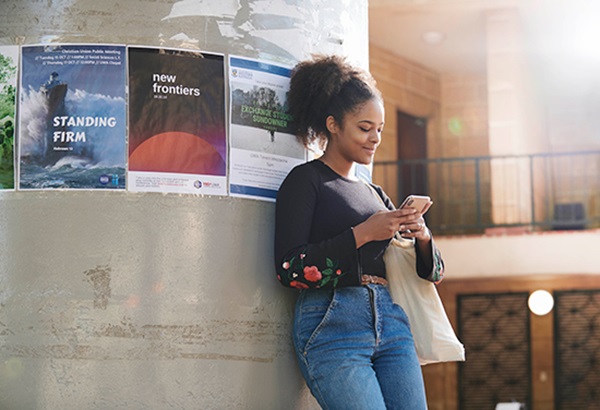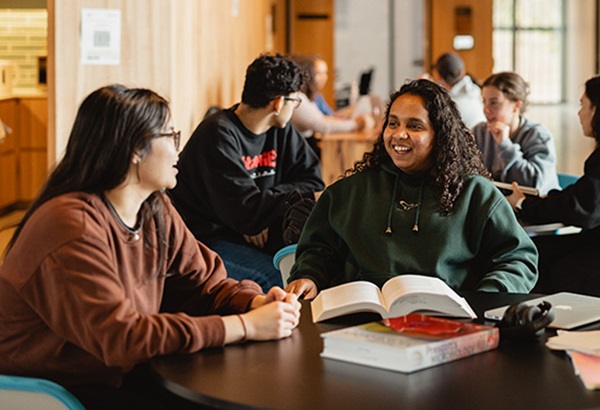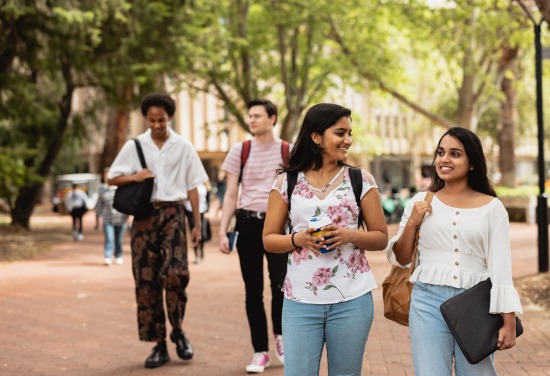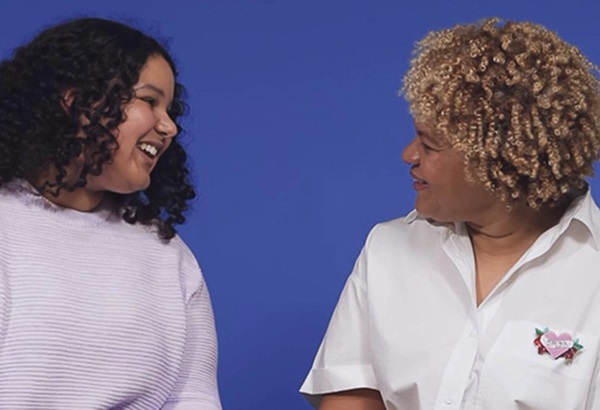You’ve probably been thinking about getting some work integrated learning experience during your studies - but do you know where to start?
We’ll take you through a step-by-step guide to securing a work integrated learning experience with one of the 500+ host organisations we partner with across the private, public and not-for-profit sectors.
Getting started
Understanding the lingo
You may have heard the terms ‘work integrated learning experience’, ‘work placement’ or ‘internship’ and wondered what the difference is? These terms are often used interchangeably.
For instance, in business, real-world work experiences are called internships, and in law they are called clerkships. Engineering refers to work experience as a ‘practicum’ and in education, they are called placements.
No matter your degree or area of interest, you’ll have the option of completing a work integrated learning experience in your degree, and one option to consider is the UWA Work Integrated Learning (WIL) Placement Program.
Pre-reading
You’ll have an opportunity to apply for a range of quality experiences our WIL team secures exclusively for UWA students.
If you already have an organisation in mind – that’s great! UWA has resources and services available to help you get there. You can apply for these external WIL placements and vacation programs and if successful, enrol in one of our academic placement units and gain credit for your experience.
List of our undergraduate and postgraduate WIL placement units.
Let’s get started
Step 1: Do you have space?
You’ll need space in your study plan to undertake a WIL placement unit. Our WIL units are between 6 to 12 credit points (1-2 units) so we encourage you to start thinking about this at the beginning of your degree. If you haven’t had the chance to do this, check with your allocated Student Advising Office. Remember to check that you meet any unit specific eligibility criteria.
Step 2: It’s time to apply
The WIL Placement Program is based on a competitive application process, simulating real recruitment processes. You can prepare your application and résumé using the resources and services available to you. Remember to submit your EOI before the closing dates.
Step 3. Be proactive and professional
Start your WIL prep early with our handy checklist:
- Ensure your application and interview skills are up to scratch and have a think about your ideal job role. You may wish to book an appointment with the UWA Careers and Employability Centre.
- Attend an info session or arrange to meet with your placement coordinator.
- Have a keen attitude and be professional – communicate well, be organised and respectful.
Step 4. Prepping for your placement
Congrats! Your EOI was approved. You’ll now be required to complete UWA’s Pre-placement program via LMS. You’ll learn about health and safety in a workplace, expectations and understanding of professional behaviour, feedback and performance. Meet with your placement coordinator or attend an info session to discuss your requirements.
Step 5. Paperwork and enrolment
You’ll need to complete a number of forms to ensure your placement is compliant. Make sure you complete all required documentation and check your emails regularly and thoroughly so that you do not miss any important information – you need to do this to be able to enrol in the unit!
Step 6. Let’s get to work
Make the most of your experience! Your unit LMS will be your primary source of academic info. You’ll need to meet all requirements and deadlines in your unit guide, LMS and as communicated by your unit coordinator. We’ll also send you a short check-in survey after you complete your first 30 hours.
Step 7. Done and dusted
You’ve completed your WIL placement, now what? Make sure you don’t lose the network and connections you’ve made. Keep in touch. We’ll also send you a final survey to gauge your thoughts on the overall experience.
Investing time and effort into building your own future while still learning and clarifying your own career path is a wise choice. It is never too early to explore your options. This is exactly what Bachelor of Science graduate Katherine Scott did.
“It has been fantastic to see myself start out from not knowing anything about mining or anyone in my team, to building working relationships and becoming confident about mining. Internships are a really valuable way to figure out where your strengths and interests lie, what you’re not so interested in, and you get a sense of what jobs are out there”.


